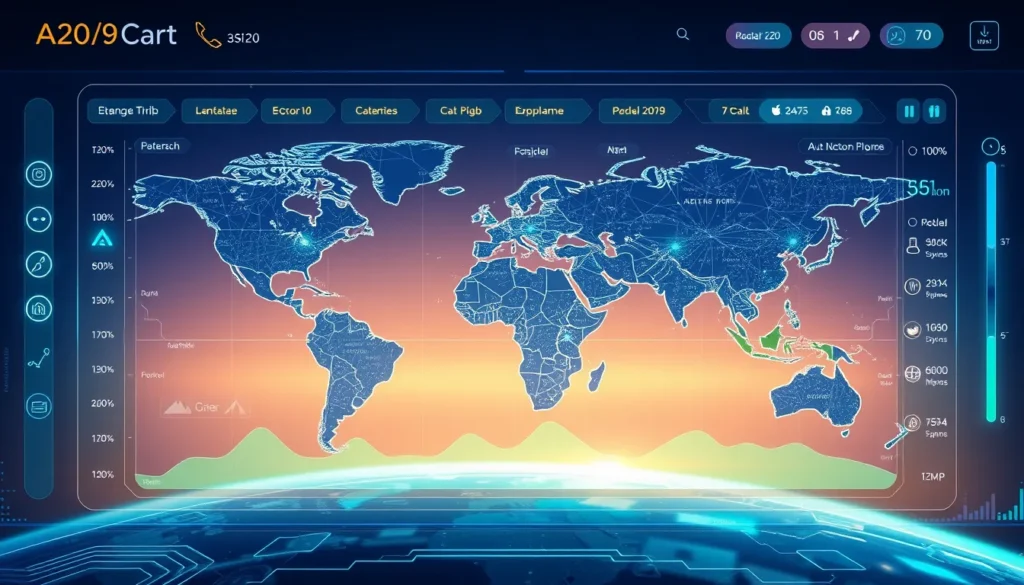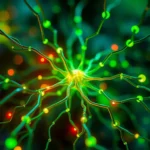Now Reading: AI in Healthcare Diagnostics: Boosting Patient Outcomes
-
01
AI in Healthcare Diagnostics: Boosting Patient Outcomes
AI in Healthcare Diagnostics: Boosting Patient Outcomes

AI in Healthcare Diagnostics: Boosting Patient Outcomes
The integration of artificial intelligence (AI) into healthcare has become a game changer, particularly when it comes to AI in healthcare diagnostics. With rapid advancements in technology, medical professionals now have powerful tools that improve diagnostic accuracy and enhance patient care. In this article, we dive into the transformative power of AI in healthcare diagnostics, explore its benefits for medical imaging, and discuss how AI disease prediction is reshaping the medical landscape.
The Evolution of AI in Healthcare
Over the past decade, we have witnessed tremendous improvements in technology. AI in healthcare diagnostics is now being leveraged to analyze vast amounts of data, providing insights that were once unimaginable. The advancements in medical imaging systems have been particularly noteworthy. Enhanced image recognition and pattern detection help in diagnosing conditions at earlier stages, ultimately leading to better patient outcomes.
One of the primary goals of integrating AI into diagnostic processes is to reduce human error and speed up the analysis. By combining machine learning with traditional medical practices, healthcare providers can now make more informed decisions. Here are some key areas where AI is making a significant impact:
- Medical Imaging: AI algorithms can quickly detect anomalies in scans, x-rays, and MRIs, making radiology more efficient.
- Disease Prediction: Innovative AI disease prediction models analyze patient histories and genetic data to forecast potential illnesses.
- Diagnostic Accuracy: AI tools improve the precision of diagnoses by cross-referencing patient data with large datasets of known conditions.
How AI Improves Diagnostic Accuracy
Improving diagnostic accuracy is one of the most critical benefits of AI in healthcare diagnostics. Through advanced image processing and pattern recognition, AI supports medical professionals in detecting diseases such as cancer, heart conditions, and neurological disorders earlier than ever before. Furthermore, the integration of AI with electronic health records (EHRs) enables a holistic view of patient health, facilitating more accurate diagnoses.
A strong example of this is the role of AI in medical imaging. Systems powered by AI in healthcare diagnostics provide detailed insights that can be crucial in identifying subtle changes in imaging tests. These advancements are not only increasing diagnostic confidence but are also paving the way for personalized treatment plans.
Overcoming Challenges in AI Implementation
While the benefits are clear, integrating AI into healthcare diagnostics does come with challenges. One major hurdle is ensuring the accuracy of AI algorithms. Developing systems that can mimic human intuition requires large amounts of high-quality data. Moreover, there is a pressing need for standardization across different healthcare systems to ensure that AI tools can be effectively integrated and scaled.
Another challenge lies in addressing data privacy concerns. As AI in healthcare diagnostics relies heavily on patient data, safeguarding this sensitive information is of utmost importance. Healthcare providers must adhere to stringent regulatory guidelines, such as those set by the Health Insurance Portability and Accountability Act (HIPAA) in the U.S., ensuring that all data is encrypted and securely stored.
The Future of AI in Healthcare Diagnostics
Looking ahead, the scope for AI in healthcare diagnostics continues to expand. With ongoing research and development, we anticipate even more refined algorithms that will not only improve accuracy but also speed up the diagnostic process. Innovations in AI medical imaging and AI disease prediction are expected to play a critical role in proactive healthcare management.
- Greater integration of genomic data with AI systems for personalized medicine.
- Expansion of telemedicine services supported by AI diagnostics.
- Enhanced collaboration between human experts and AI tools to create a hybrid model of medical care.
It is essential to note that as healthcare organizations continue to adopt these technologies, collaborative efforts between tech companies and healthcare providers will become increasingly important. Companies like Google and Microsoft are already investing heavily in AI and healthcare, developing innovative solutions that drive positive outcomes.
Conclusion
In conclusion, AI in healthcare diagnostics stands at the forefront of medical innovation. By seamlessly blending cutting-edge technology with clinical expertise, AI tools are revolutionizing medical imaging, enhancing diagnostic accuracy, and offering robust AI disease prediction capabilities. The ability of AI in healthcare diagnostics to transform patient care is undeniable, making it a critical component of modern medicine.
As the landscape continues to evolve, it’s vital for healthcare providers to stay informed and prepared for the challenges and opportunities that lie ahead. Embracing these advances will not only lead to improved patient outcomes but will also pave the way for a healthier future.
For further reading on advancements in diagnostic technology, consider visiting trusted sources like the Centers for Disease Control and Prevention.
Throughout this article, the key phrase ‘AI in healthcare diagnostics’ has been integrated to illustrate its significance and impact. By addressing both the potential benefits and challenges, healthcare professionals and stakeholders can work together to harness the full potential of this transformative technology.

























